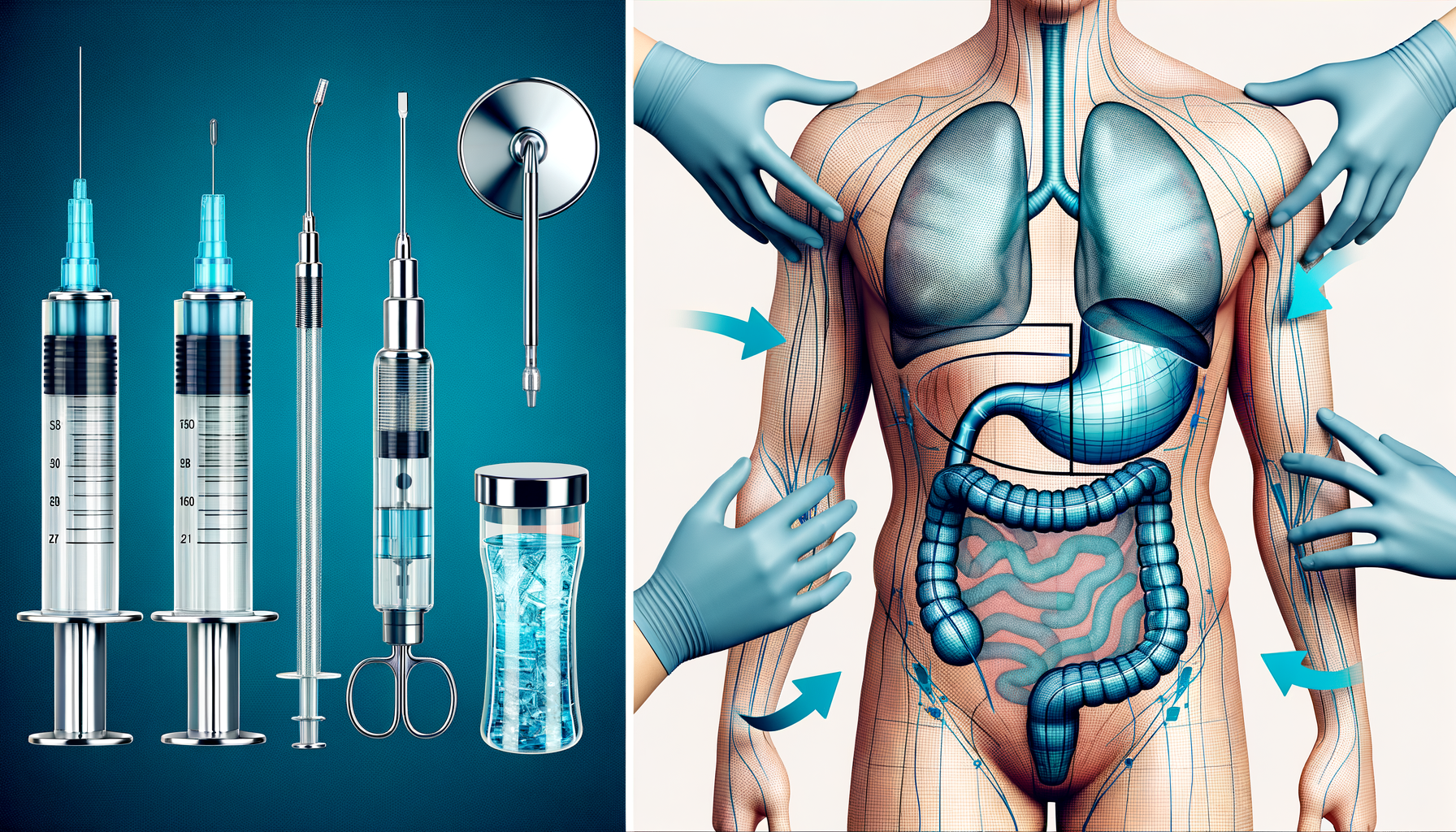
Exploring the Intricacies of Liposuction: A Comprehensive Guide
Understanding Liposuction: The Basics
Liposuction is a cosmetic surgical procedure designed to remove excess fat deposits from specific areas of the body. It is often sought by individuals looking to improve their body contours and achieve a more balanced physique. While it is not a weight-loss solution, liposuction can effectively target areas that have proven resistant to diet and exercise. Common regions for liposuction include the abdomen, thighs, buttocks, arms, and neck.
The procedure involves the insertion of a cannula, a thin tube, through small incisions in the skin. Fat is then suctioned out of the body using a vacuum-like device. There are several techniques available, including tumescent liposuction, which involves the injection of a saline solution to facilitate fat removal, and laser-assisted liposuction, which uses laser energy to liquefy fat before removal. Each technique offers distinct advantages, and the choice depends on the patient’s specific needs and the surgeon’s expertise.
It’s essential to note that liposuction is typically performed under local or general anesthesia, depending on the extent of the procedure. Recovery times can vary, but most patients can return to normal activities within a few weeks, with full results visible after a few months. As with any surgical procedure, there are risks involved, including infection, scarring, and changes in skin sensation, which should be thoroughly discussed with a qualified surgeon.
Benefits and Considerations of Liposuction
Liposuction offers several benefits for those seeking to enhance their body contours. One of the primary advantages is the ability to target specific areas of fat that are resistant to traditional weight-loss methods. This precision allows for a more sculpted appearance, often boosting the patient’s confidence and self-esteem.
However, it’s crucial to approach liposuction with realistic expectations. The procedure is not a substitute for a healthy lifestyle, and maintaining results requires a commitment to regular exercise and a balanced diet. Candidates should be in good overall health and close to their ideal body weight to achieve optimal outcomes.
There are also various considerations to keep in mind. Potential risks, such as uneven contours, fluid accumulation, and anesthesia complications, should be weighed against the anticipated benefits. Additionally, the cost of liposuction can vary significantly based on factors such as the surgeon’s experience, geographic location, and the extent of the procedure. Prospective patients should conduct thorough research and consult with multiple surgeons to make an informed decision.
- Precision targeting of stubborn fat areas
- Improved body contours and symmetry
- Boosted self-confidence
- Not a substitute for weight loss
- Requires ongoing healthy lifestyle
Alternatives to Liposuction: Exploring Other Options
While liposuction is a widely recognized method for fat removal, there are alternative options available for those seeking non-surgical or less invasive procedures. These alternatives often appeal to individuals who wish to avoid the risks and recovery time associated with surgery.
One popular non-surgical option is cryolipolysis, commonly known as fat freezing. This technique involves the application of cold temperatures to fat cells, causing them to break down and be naturally eliminated by the body. It is a painless procedure with minimal downtime, making it an attractive choice for many.
Another alternative is radiofrequency-assisted lipolysis, which uses heat to target and break down fat cells. This method can also stimulate collagen production, leading to skin tightening in the treated area. Both cryolipolysis and radiofrequency-assisted lipolysis offer gradual results, with multiple sessions often required to achieve desired outcomes.
For those considering a surgical approach but seeking less invasive options, laser lipolysis and ultrasound-assisted liposuction are worth exploring. These methods use energy-based technologies to liquefy fat before removal, resulting in less trauma to surrounding tissues and a quicker recovery time.
Ultimately, the choice between liposuction and its alternatives depends on individual goals, preferences, and medical considerations. Consulting with a board-certified plastic surgeon can provide valuable guidance in selecting the most suitable procedure.
- Cryolipolysis (fat freezing)
- Radiofrequency-assisted lipolysis
- Laser lipolysis
- Ultrasound-assisted liposuction


